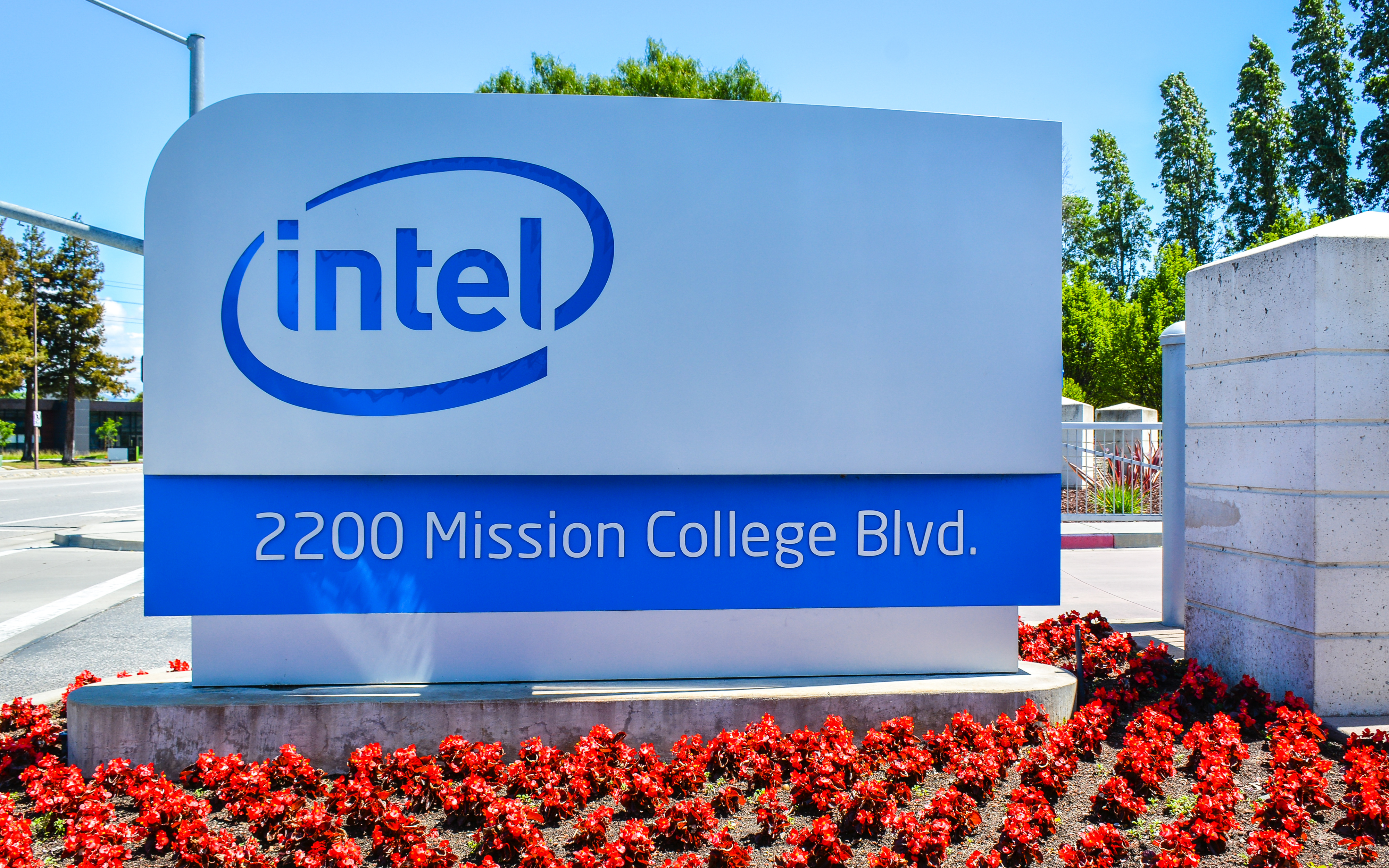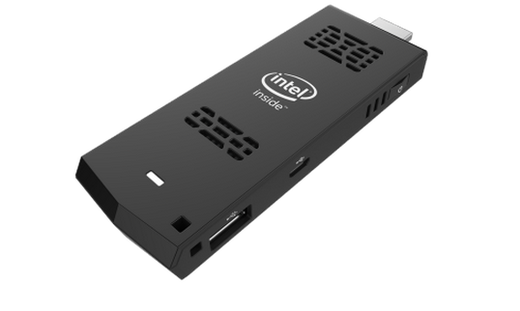What Happened
During the opening moments of last night’s Super Bowl halftime show, a fleet of over 300 drones amazingly swarmed and swirled in a smooth, coordinating manner to form various background images such as the U.S. flag to support Lady Gaga’s performance. The drones, dubbed “Shooting Star” and launched by Intel last year, are a foot across and weigh just eight ounces. The performance is coordinated by a central computer that can do unlimited UAV animations in three dimensions.
IBM wasn’t the only companies that brought drones to the Super Bowl broadcast. Amazon also teased its “delivery by drones” Prime Air service in its Super Bowl ad last night, telling customers to “look for it soon.” Previously, Intel has worked with Disney to deploy this drone fleet for performances at the Disney World at Orlando.
What Brands Need To Do
This marks a high-profile debut of drones for entertainment use on national television and heralds the great potential that drones are set to unleash across major industries including entertainment, logistics, travel, and agriculture. For brands in those industries, now is the time to start exploring the new use cases that coordinated UAVs can unlock and figure out how drones may be integrated into your services and content production. As drone fleet management continues to mature, we expect to see more interesting and exciting use cases of drones to emerge for brands to take advantage of.
Source: Wired
Header image courtesy of Intel’s YouTube



 Being a veteran attendee of CES, it is inevitable that each year someone asks me what I thought was the most amazing thing I saw at the show. And each year, I can usually point out one interesting piece of tech that fits into that category. Year after year there are invariably a few items that cause we merry geeks to circle around them ooh-ing and ahh-ing with avarice in our eyes.
Being a veteran attendee of CES, it is inevitable that each year someone asks me what I thought was the most amazing thing I saw at the show. And each year, I can usually point out one interesting piece of tech that fits into that category. Year after year there are invariably a few items that cause we merry geeks to circle around them ooh-ing and ahh-ing with avarice in our eyes.